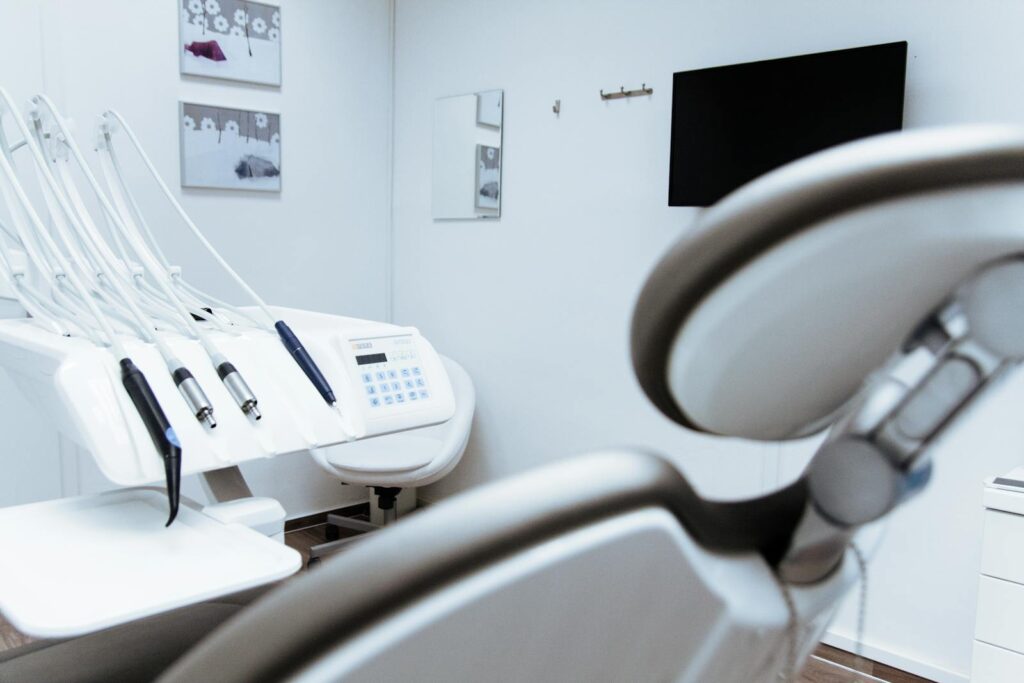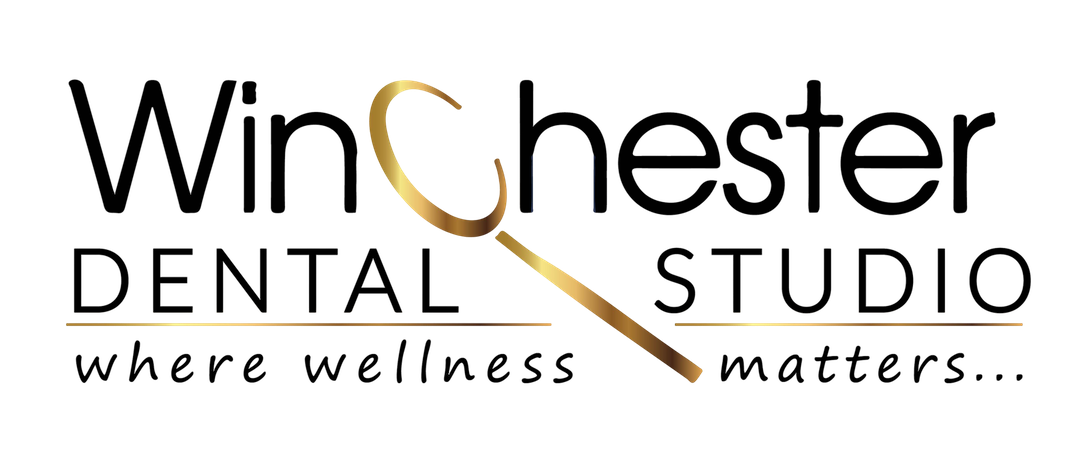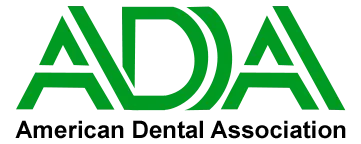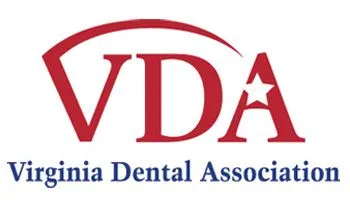
Have you ever winced while enjoying your favorite meal, felt a strange click in your jaw during a conversation, or experienced that unsettling moment when your jaw seems momentarily “stuck” after a big yawn? What you’re experiencing might not just be a random quirk, but a condition known as Temporomandibular Disorder, or TMD. This often-overlooked condition can transform simple daily activities like eating, speaking, and even yawning into uncomfortable experiences. But what exactly is TMD, and why does it make your jaw feel like it’s staging a silent rebellion? Let’s dive into the world of jaw mechanics and uncover the mysteries behind this surprisingly common yet rarely discussed condition.

Understanding TMD: When Your Jaw Goes Off-Track
Temporomandibular Disorder (TMD) is more than just an occasional jaw ache—it’s a complex condition that disrupts the delicate balance of one of your body’s most frequently used joint systems. At its core, TMD develops when your bite falls out of proper alignment, creating a domino effect of stress and discomfort in your jaw’s intricate mechanism.
Imagine your jaw joint as a precision machine. When everything is working correctly, opening and closing happens smoothly, without pain or resistance. However, with TMD, this machine experiences constant, unnatural stress. The temporomandibular joint, which connects your jawbone to your skull, becomes strained, preventing the jaw from resting comfortably even when your mouth is closed.
The symptoms of TMD can be both subtle and startling. Many individuals first notice something is wrong when they hear an unexpected clicking sound while chewing, speaking, or yawning. This isn’t just an annoying soundtrack to your daily activities—it’s a potential warning sign that your jaw joint is struggling to function normally. Some people experience more pronounced symptoms, like sharp pain during jaw movements or the disconcerting sensation of their jaw momentarily “locking” after a wide yawn.
While these symptoms might seem minor, they can significantly impact your quality of life, turning routine actions into moments of discomfort or anxiety. Understanding TMD is the first step toward finding relief and restoring your jaw’s natural, pain-free movement.
TMJ Treatment Pain
TMD can cause pain and discomfort in the jaw as well as headaches that occur when the muscles that help the joints open and close become overtired. But beyond the pain and discomfort, TMD can also cause serious dental problems if left untreated.
Because TMD is associated with a poor bite or malocclusion (which literally translated means “bad closure”), your teeth do not meet properly. As a result, extra tension and stress may be placed on your teeth, resulting in chips and cracks that allow cavities to form and may even result in tooth loss. Over time, TMD can cause teeth to break, which requires cosmetic treatment to rebuild your healthy smile, and ensure the broken tooth and its neighbors are protected from decay.
While treating TMD used to mean expensive and invasive surgery to reposition or even rebuild the jaw joints, today’s approach at Winchester Dental Studio is much more patient-friendly. By restoring broken, chipped, or cracked teeth, replacing missing teeth, and using braces or other dental devices, the doctor and our team can help realign your jaw so it’s able to function properly, and eliminate pain and discomfort. And there’s more good news: By restoring damaged teeth and tooth surfaces and straightening crooked teeth, you’re also left with a more attractive smile once treatment is completed.
Every patient is different, and that means your course of treatment will be different too. After a thorough examination of your teeth and jaw, our experienced staff at Winchester Dental Studio will work with you to develop a treatment plan that will have you feeling better – and looking better – sooner than you ever expected. Don’t let your untreated TMD cause more pain and problems; give us a call at our convenient Winchester, Virginia office today to schedule a consultation.





